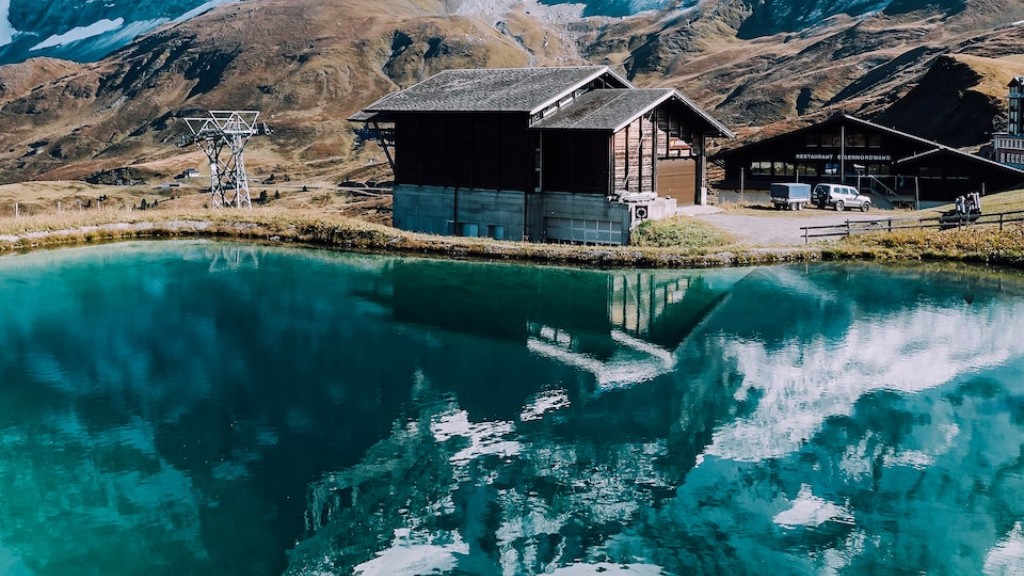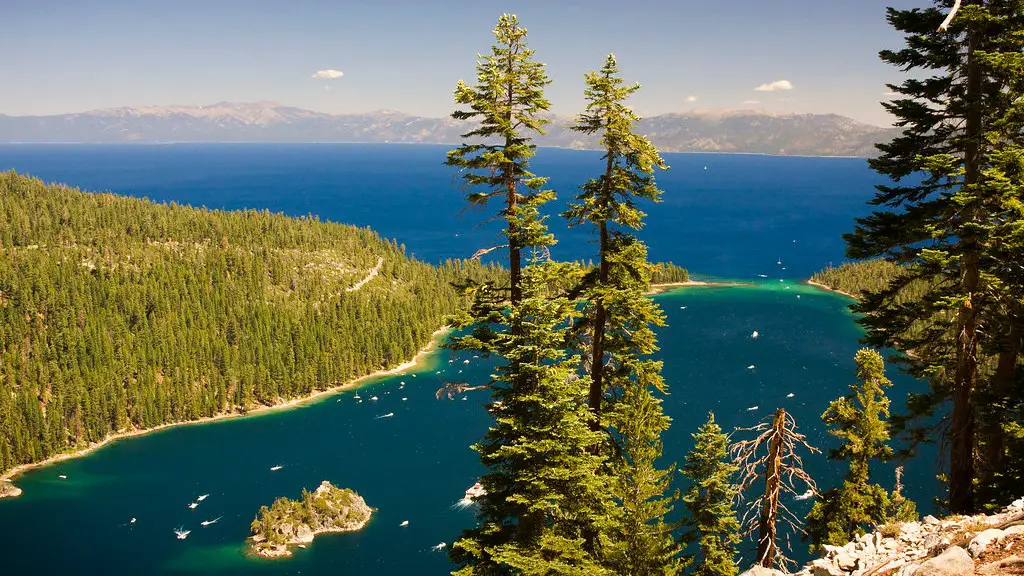Geographical Location
Lake Victoria, the world’s largest tropical lake, is located in East Africa, on the border between Uganda, Tanzania, and Kenya. Covering an area of 68,800 square kilometers, it is the largest lake in Africa and the second-largest in the world, after Lake Superior in North America. The lake is part of the larger Great Lakes of East Africa and the largest of the African Great Lakes in size, depth, and volume.
Located in the upper Nile catchment area and near the equator, Lake Victoria is one of the deepest lakes in the world, reaching depths of up to 85 m. It is fed by numerous rivers, including the Nyanza, Kagera, and Sio, and also has many islands within it. It is also connected to the rivers of the White Nile, which flows from Lake Victoria to the Mediterranean Sea.
Historical Significance
Lake Victoria has been a significant part of human history for many centuries. It was an important trading outlet for the ancient kingdoms of Bunyoro, Buganda, and the Nubian kingdoms. It was also the first lake in Africa to be explored by European explorers, such as John Hanning Speke, who in 1862 became the first European to circumnavigate the lake.
The lake is also important as a major source of water for the countries of Kenya, Tanzania, and Uganda. It is a major fishing area and supports a wide variety of marine life, including hundreds of species of fish. As well as its many economic, cultural, and historical significance, Lake Victoria is also home to some of the world’s most beautiful scenery, and a popular tourist destination.
Ecological Significance
The lake is one of the most important ecosystems in the world, and is home to many unique species of plants and animals. It is also important for its wildlife, including the endangered hippopotamus and the critically endangered Lake Victoria cichlid fish. As well as this, the lake is a key biodiversity hotspot, with numerous endemic species of plants and animals, as well as providing habitat for hundreds of species of birds.
The lake’s rich biodiversity has led to years of research and conservation effort, including the formation of the Lake Victoria Basin Commission, which acts as a coordinating body for the protection and management of the lake’s resources. Additionally, the Ramsar Convention, which is aimed at protecting wetlands of international importance, has designated Lake Victoria a Wetland of International Importance.
Challenges Faced
Lake Victoria supports millions of people in the region, providing them with freshwater supplies and a source of livelihoods. However, the lake is facing a number of pressing challenges, including pollution, overfishing, and habitat degradation.
The lake’s environment has been damaged byYears of agricultural activities, deforestation, and pollution from settled sewage, industrial effluents, and fertilizers. Additionally, overfishing and the introduction of invasive species have caused a decrease in the diversity of fish stocks, leading to reductions in income for fishermen in the region.
Conservation Efforts
In order to protect the lake and its resources, a number of conservation efforts have been launched in the region, including the Lake Victoria Basin Biodiversity Conservation Project, which aims to conserve and restore the lake’s biodiversity. Additionally, a number of international organizations, such as the United Nations Environment Programme (UNEP) and the World Wide Fund for Nature (WWF) have been working to protect the lake’s resources.
Impacts of Climate Change
Climate change is also having an increasing impact on Lake Victoria, causing rising temperatures, reduced rainfall, and increasing evaporation in the catchment area. This is leading to reductions in water levels, as well as changes in water chemistry, which can affect the lake’s biodiversity and water supply.
Conclusion
Located in East Africa on the border between Uganda, Tanzania, and Kenya, Lake Victoria is an incredibly important ecosystem and an iconic tourist destination. It also plays a vital role in the local economy, providing water supply for millions of people and a source of livelihoods for many.
However, the lake is facing a number of challenges, including pollution, overfishing, and habitat degradation. In order to protect this important ecosystem, a number of conservation efforts have been launched and the impacts of climate change must also be monitored and mitigated.

